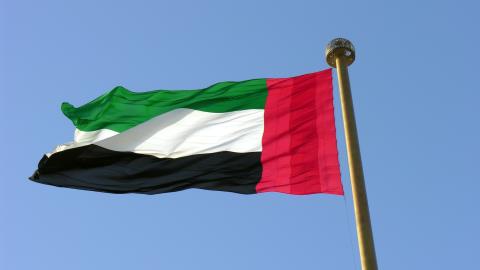The United Arab Emirates is making significant strides toward the phased introduction of its Digital Dirham, a central bank digital currency (CBDC).
Having been in development for several years, the Digital Dirham aims to bolster the resilience, efficiency, innovation, and inclusivity of the financial system, according to the Central Bank of the UAE (CBUAE). The regulatory body has already established the foundational infrastructure necessary for the issuance, redemption, and distribution of the Digital Dirham through a specially designed platform that utilizes distributed ledger technology (DLT).
The rollout of the CBDC will occur in stages to minimize potential risks, employing a two-tier distribution model with wallet-based access. At its inception, the Digital Dirham will be non-interest bearing, promoting its use primarily for transactions rather than savings, while ensuring it remains completely interchangeable with cash and deposits.
Users will have access to digital wallets linked by account identifiers, with all transactions securely recorded on a permissioned distributed ledger. This DLT setup guarantees data integrity and privacy through pseudonymity, while also allowing seamless integration with current payment systems and emerging digital asset networks, as stated by the central bank.
The retail CBDC is designed to facilitate various transaction types, including peer-to-peer payments, online and in-store purchases, business-to-consumer, business-to-business, and government-to-consumer interactions, alongside other programmable use cases.
Moreover, the UAE is collaborating with other markets, especially within the MENA region, to enhance cross-border payments and manage offshore holdings of the Digital Dirham. CBUAE has engaged with other central banks as part of the BIS Innovation Hub’s mBridge project, facilitating cross-border settlements and payment-versus-payment transactions.
Khaled Mohamed Balama, Governor of CBUAE, remarked, “The Digital Dirham will secure and enhance the financial infrastructure of the UAE, improve the efficiency of our payment systems, promote monetary stability, expand financial inclusion, and bolster the international standing of the UAE Dirham.”
